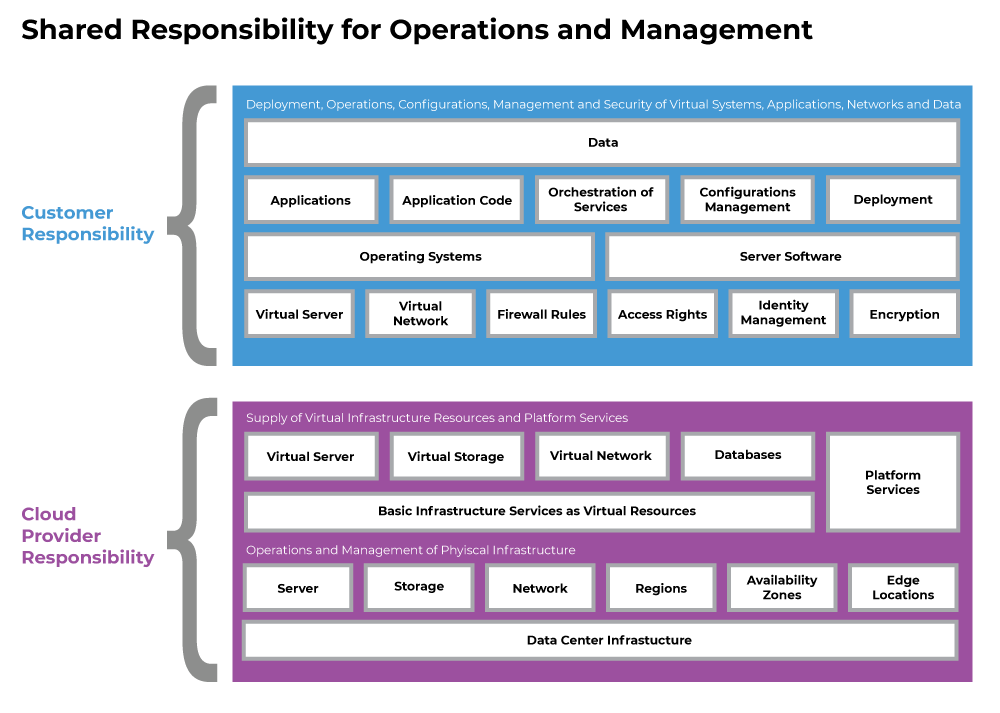The End of Monolithic Applications?

The End of Monolithic Applications?
Cloud Computing
The End of Monolithic Applications? Outsource your Document Generation Processes
Summary:
This article gives an overview and outlook of how the majority of applications are accessible via the cloud in the future.
Matt Riley, CEO & Co-founder of Swiftype, says last year that "a decade from now, every business will be operating primarily from the cloud".
A decade from now, every business will be operating primarily from the cloud, making way for more flexible — yet more productive and efficient — ways of working. Hardware won’t be the problem in a decade — software will.
According to Gartner, by 2023, 50% of enterprises will utilize a cloud managed service provider to run some portion of their deployments.
Hyperscale Clouds
Mainframes and centralized compute power has been replaced by public hyperscale clouds such as Amazon AWS and Microsoft Azure. The idea is the same, but the architecture and structure is different. These cloud providers help companies to build and operate on this infrastructure.

During the next years, it is predicted that more than 25% of all applications are accessible via the cloud. Web services are used to encapsulate very specific business functionalities. Developers use web services to outsource specific tasks independent from the device, platform or language. The advantage of using centralized services is that these services can be accessed from any application and platform in the same, standardized way using the same interface.
If specific functionality of a monolithic application needs to be scaled, probably the complete application must be scaled instead of only specific components. Microservices solve this issue by breaking down tasks into multiple components. These services can be deployed, improved and fixed independently. As a result, only components can be redeployed or replaced.
Document Processing APIs
The software component vendor Text Control is focusing on developing APIs, libraries and components for document processing.
Using the Web API ReportingCloud, MS Word compatible templates can be merged with JSON data to generate documents in industry standard formats such as DOC, DOCX and Adobe PDF.
The high performance Web API is accessible from any application and platform. ReportingCloud is a reporting platform for all types document tasks including document sharing, spell checking and document conversion.
Conclusion
Document generation processes will be centralized via microservices in the cloud to be accessible from any application and platform using the same, standardized interface.